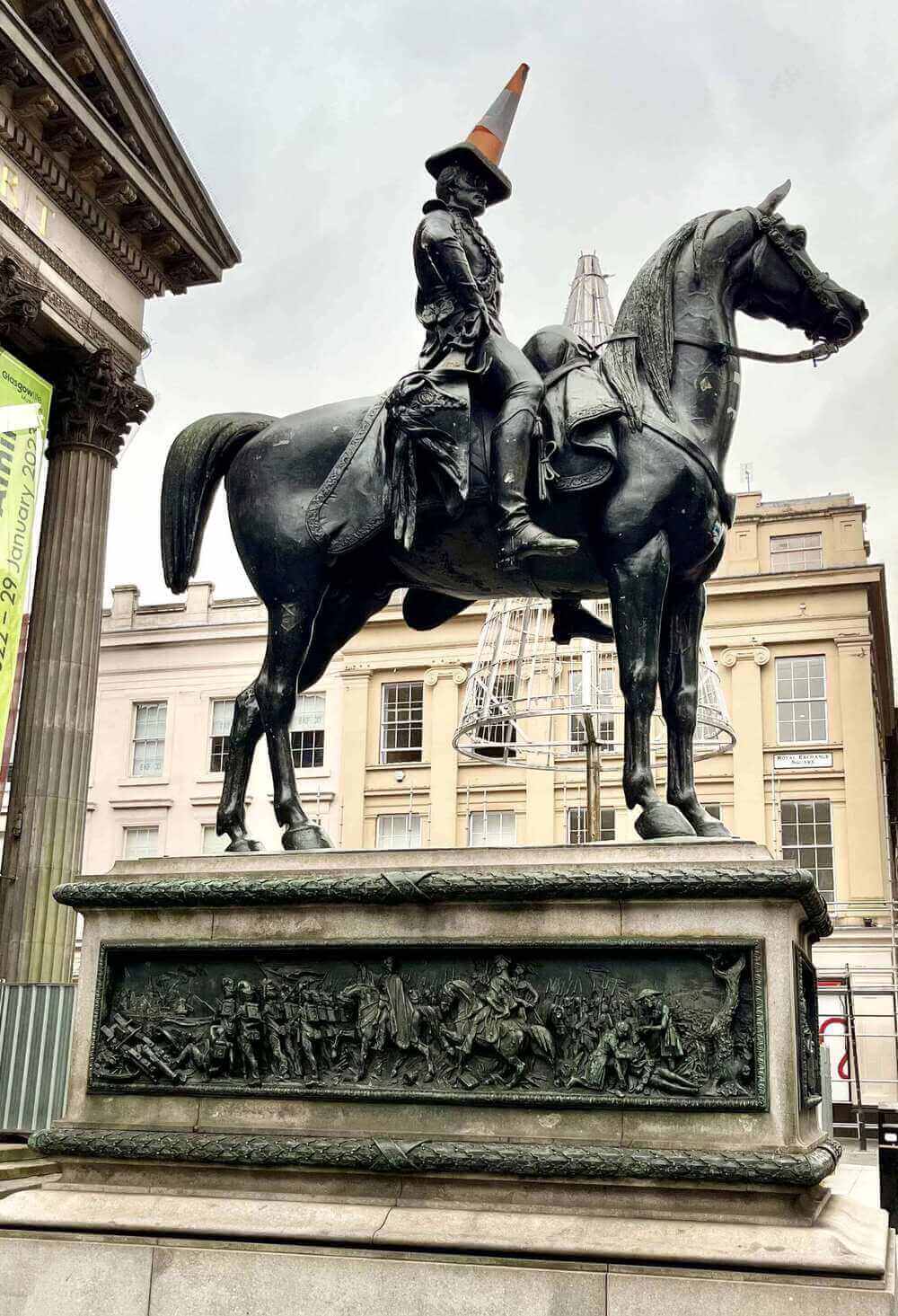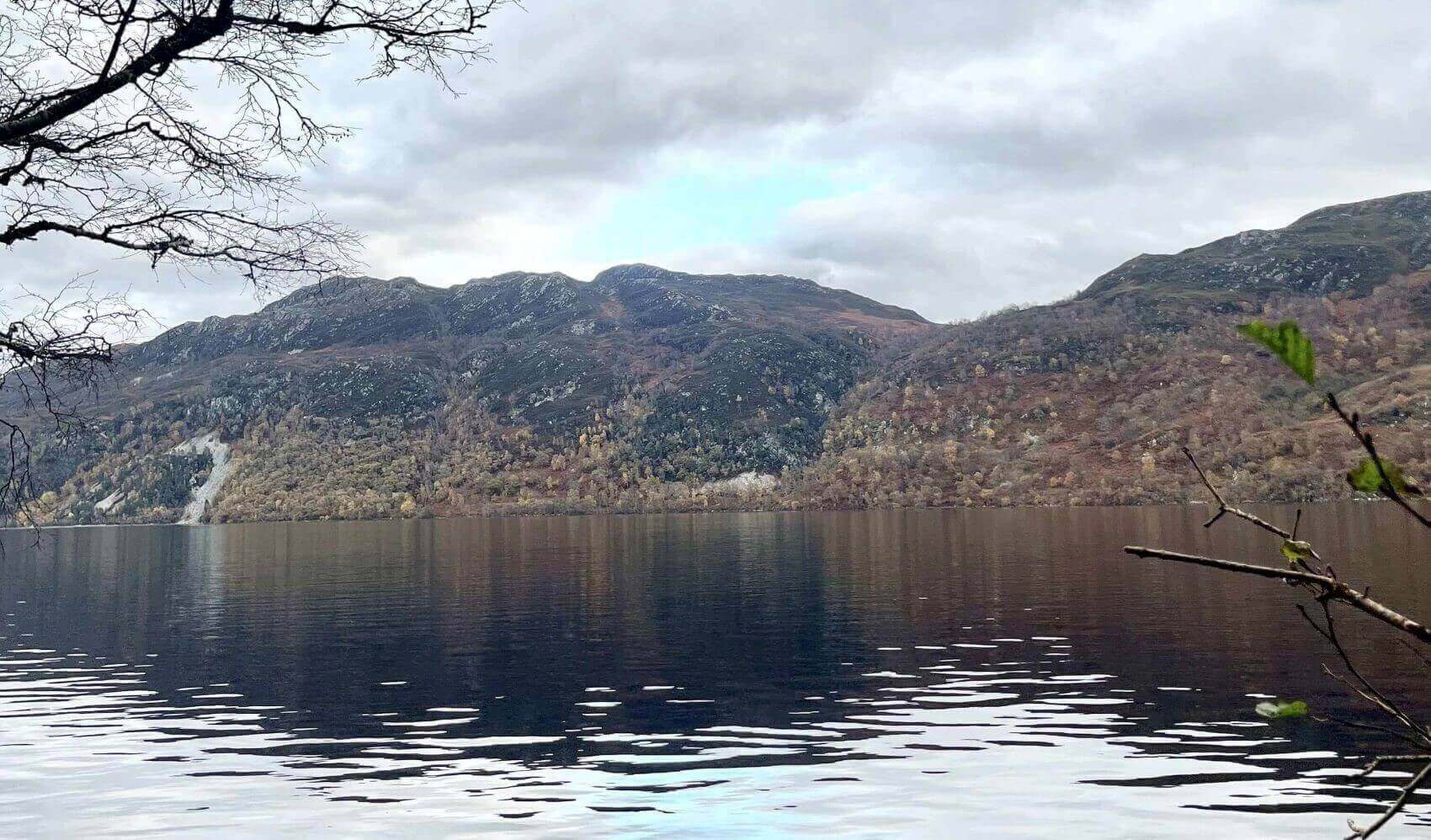
I visited Scotland in November 2022. I spent a week on my own workcationing in Edinburgh, where I witnessed Guy Fawkes Night, which I can only describe as a spectacular display of decentralized chaos. Apparently, Guy Fawkes led the Gunpowder Plot of 1605 against the British monarchy. I would have thought that a holiday in his name would be treasonous, but I think the British just like an excuse to get drunk and light fireworks, which they did prolifically. I met two friends - Joyce Lee from Imperial and Sam Moore from Princeton - in Glasgow to start a road trip through Scotland. The UK has a peculiar custom of driving on the left side of the road, which took some getting used to. I avoided hitting pedestrians, vehicles, and the Loch Ness Monster, so I count this drive as a grand success. We hiked up Ben Nevis, the UK’s tallest mountain. After a gruelling march up the steep slopes, our herculean efforts were rewarded with a picturesque view… close up… of scenic Scottish fog. It was so cold and windy that I finished the hike without touching any of the snacks I had packed or drinking any of my water – all hunger and thirst were significantly outweighed by the desire to retain body heat.
Edinburgh is Scotland’s capital and cultural center. Emerging from the train station, my ears were accosted by an asthmatic drone wheezing on the wind. I searched for the source of this melancholic wail, which turned out to be a street performer’s bagpipe. I am used to many European cities being cleaved in twain by a river; in Edinburgh, however, this distinctive role was fulfilled by the train tracks, with the river flowing unobtrusively northwest of town. Glasgow is Scotland’s largest city and financial center. It had less old architecture and more high-rises than Edinburgh. It boasts a massive necropolis (cemetery) on a hill near the city center, which offers an excellent, albeit macabre, view of Glasgow.

Note that the below figures are for the whole UK, not just Scotland
Scotland and England have had a tumultuous relationship. Scotland was an independent kingdom during the Middle Ages. In 1603, the Scottish King James VI was also crowned king of England. Although these two countries were united under the same monarchy, they retained separate governments for the next century. In the 1690s, Scotland invested heavily in an attempt to form a colonial empire in Panama, the Darien Scheme. This venture failed, and Scotland lost over 20% of its wealth. In 1707, Scotland saw the benefit of fully unifying with England. Not only did they gain access to the market of England’s large colonial empire, England also agreed to compensate Scottish people who had lost money in the Darien Scheme. Thus, the Kingdom of Great Britain was formed. The two nations have remained united ever since. Today, the United Kingdom is composed of 4 constituent countries: England (which has around 85% of the nation’s population), Scotland, Wales, and Northern Ireland.
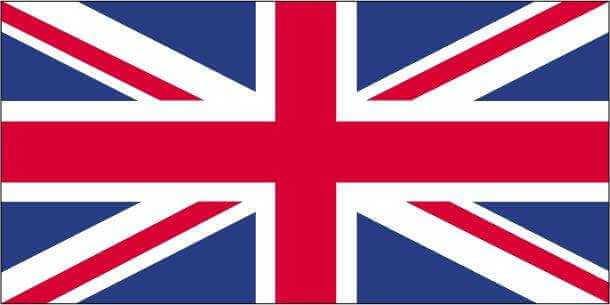
Scotland comprises 30% of the UK’s land area, but only has 8% of its population. The country is divided into two regions – the southern Lowlands (which have most of the population and the large cities of Edinburgh and Glasgow), and the northern Highlands (which are one of the most sparsely populated regions in Europe). In 1997, the Scots passed a referendum to have more autonomy within the UK, which resulted in the creation of the Scottish Parliament. Scotland will therefore sometimes pass legislation that does not affect the rest of the UK. For example, during the covid pandemic, Scotland had different quarantine and curfew rules. Nonetheless, the UK Parliament has the authority to block Scottish legislation, which it used to prevent Scotland from making it easier for transgender people to get their new gender legally recognized.
This symbol of Scotland was built in the 12th century. I was impressed by its superb defensive position atop a massive rock which one can only approach from a narrow entrance on the Eastern side, replete with your standard medieval fortifications (moats, arrow slits, ear-shattering bagpipers, etc). The castle has a prison barracks, a massive 6-ton cannon called Mons Meg, and St Margaret’s Chapel, which is one of the only buildings that has survived since the castle’s construction. Contrary to its original purpose of keeping foreigners out, the castle now is a well-maintained landmark intended to draw tourists in, and features Scotland’s National War Museum.
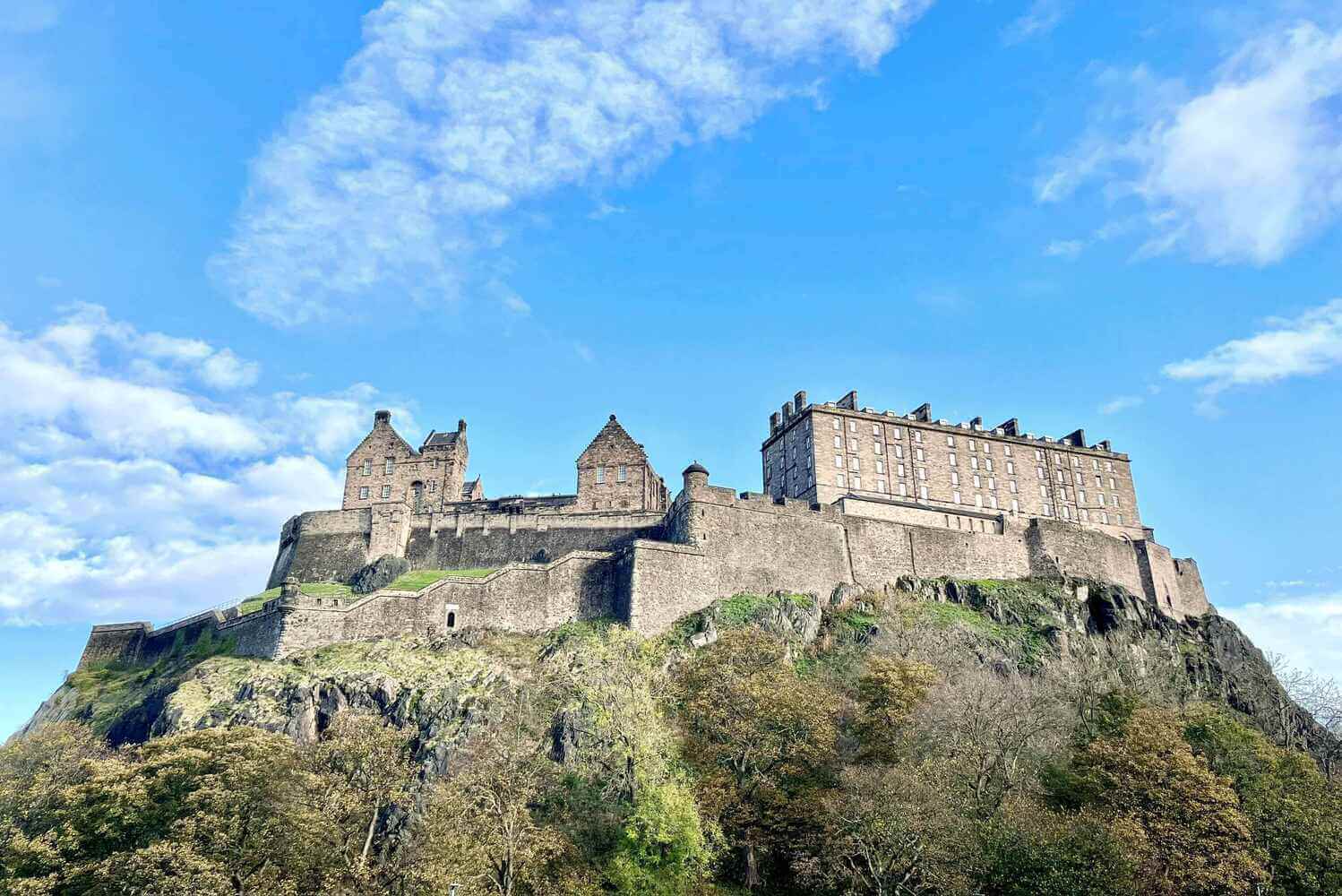
This picture was taken near Dean Village in the West of Edinburgh, just outside its center. I followed the narrow Leith River along a tranquil walkway that circles the city. Charming, humble neighbourhoods like this one interspersed with beautiful architecture and historic monuments make Edinburgh one of the most liveable cities I have been to. You can just make out the very touristic Edinburgh Castle in the background. Despite having an excellent public transport system, the city is very walkable, and all the places on my itinerary were less than 45-minutes away from my hostel.
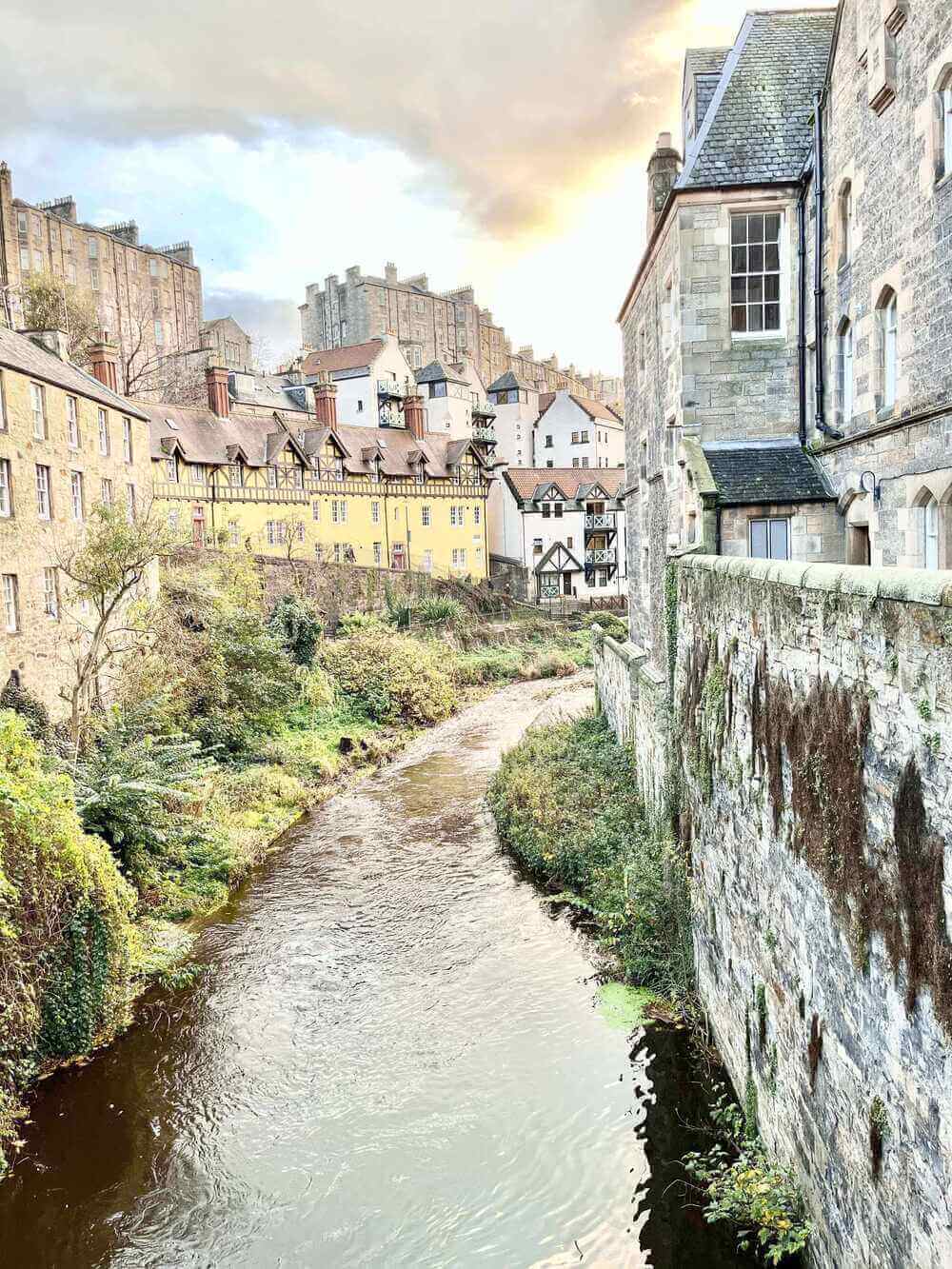
The magnificent horseman seen here is a statue of the first Duke of Wellington, Arthur Wellesley. Wellesley was a key figure during the Napoleonic Wars against France, and he became the British army’s commander in chief. He also served twice as the UK’s Prime Minister. Glasgow’s residents show their respects for this esteemed general by continually placing a cone over his head. The city council’s plan to deter cone-placing by increasing the height of the statue was scrapped after it generated substantial backlash. The cone is often colored to reflect social movements, such as LGBTQ+ Pride and the European Union. It clearly is an icone-ic statue.
